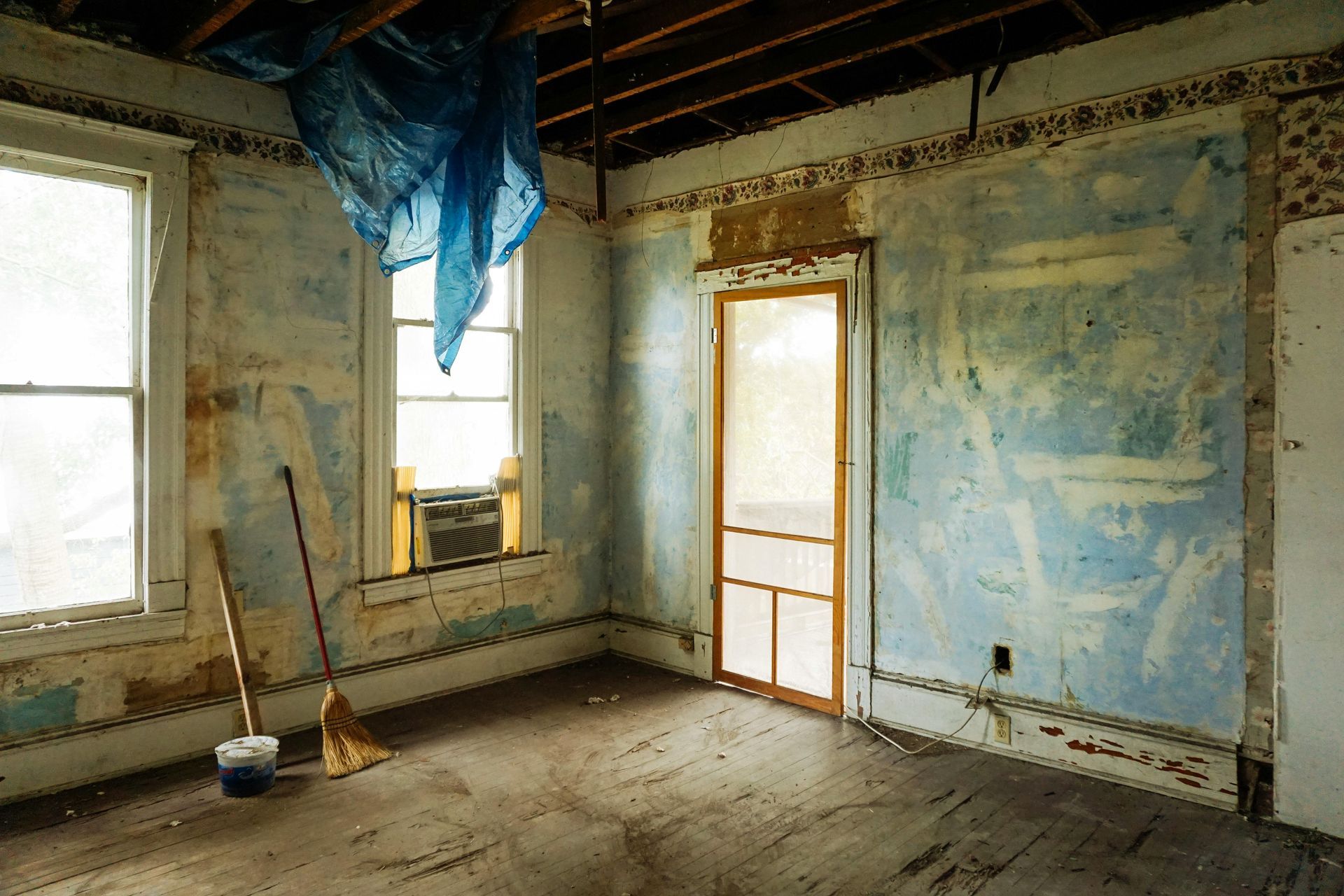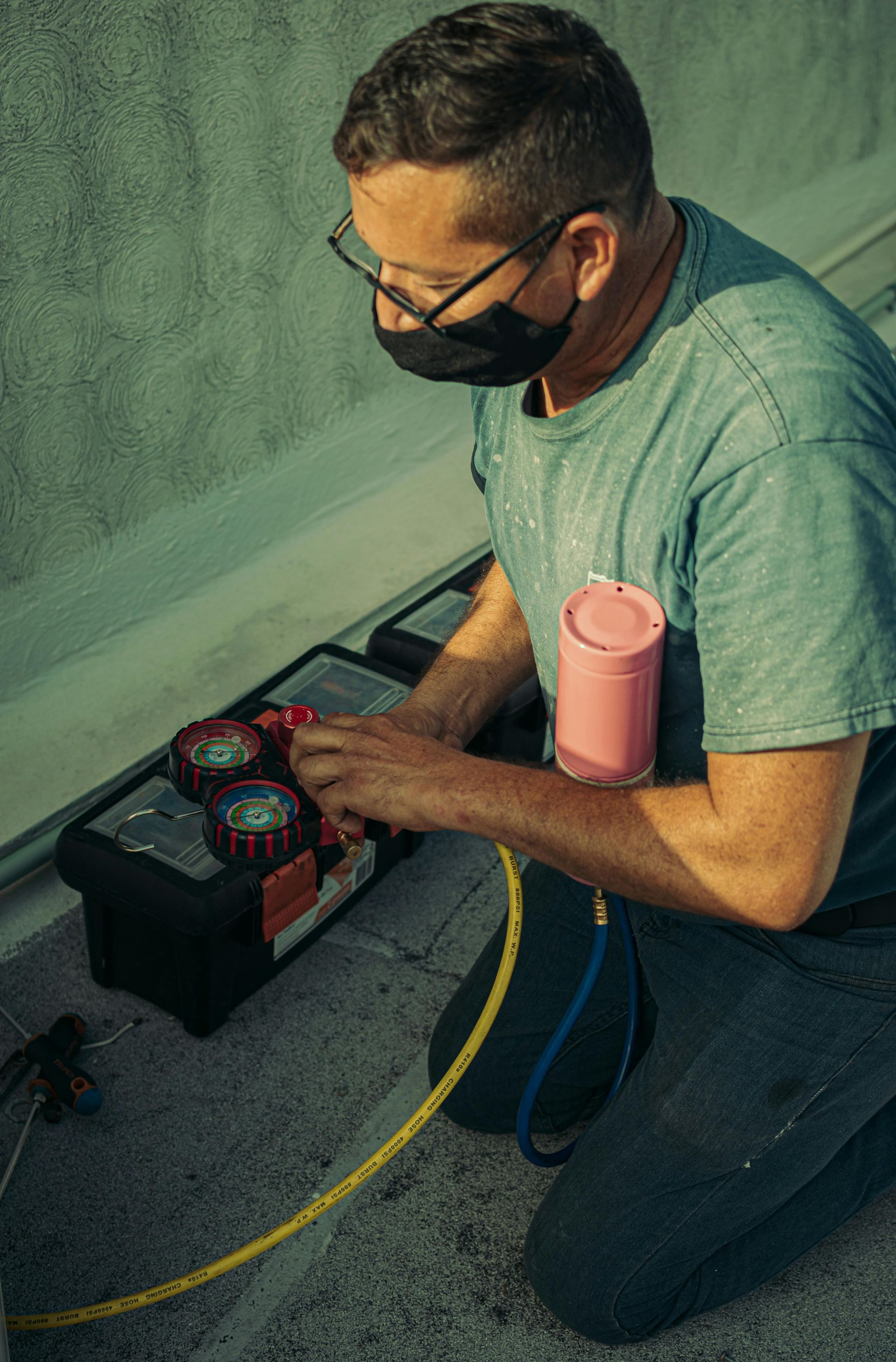Remodeling Projects that Add Value to Your Home
Remodeling your home has many benefits. A home improvement project can modernize yourliving space, enhance your comfort level and add to the resell value of your home.
However, not all remodeling projects are equal when generating the greatest resell value for homeowners.

Zonda, a housing market research firm, recently released its annual Cost vs. Value Report, which tracks the value ratio over the cost for 23 common remodeling projects. The report’s authors note that there is more than one kind of value, such as increased accessibility or comfort. Still, this report focuses specifically on the value that leads to a higher sale price of an existing home.
More than half of the 23 remodeling projects listed in the report are exterior replacement projects. Here is a sampling of the home renovation projects from the report that recoup more than half of their costs:
Garage and Entry Door Replacement.
Curb appeal remains one of the most important aspects of attracting buyers to a home. One essential home exterior feature is a beautiful garage door. According to the Cost vs. Value Report, homeowners can recoup 193.9% of the garage door replacement cost. If you choose to replace your garage door, experts recommend focusing on function and design. A new garage door that complements your existing exterior style, such as craftsman or contemporary, is sure to be a head-turner.
In addition, a functional and stylish steel door is an easy way to draw the attention of home buyers to your home. So, it is no surprise that homeowners are likely to recoup a generous 188.1% of their investment. This type of upgrade not only adds value to your home, but it's also durable and engineered with material to withstand the outdoor elements.
Manufactured Stone Veneer.
An exterior refresh does not always mean a simple coat of paint or landscaping. Instead, homeowners should explore different types of eye-catching materials to draw buyers in. Stone in and around homes, from fireplaces to facades, is generally popular among home buyers. Manufactured stone veneer exhibits the look of natural stone and is available in various colors and sizes. Homeowners that tackle this remodeling project are estimated to recover 153.2% of their investment.
Minor Kitchen Remodel.
Sometimes, a major overhaul of a specific room is not necessary to reap the potential financial rewards. According to the report, homeowners who invest in a minor kitchen remodel are likely to recoup 96.1% of their investment. This type of remodeling is generally smaller and involves replacing dated materials and fixtures instead of knocking down walls or reconfiguring plumbing and electrical.
Window Replacement.
Another eye-catching investment is upgrading to vinyl or wood windows. Homeowners investing in this project can expect to recoup 67.1% of the cost of a vinyl window replacement and 62.9% of a wood window replacement. Like other exterior upgrades, wood and vinyl windows offer various design options to complement your home. In addition, energy-efficient options are available, so you can realize savings before you sell your home with lower heating or cooling bills.
To learn more about remodeling projects that prove their value or to find a remodeler in our are, contact the HBA of Columbia.
SHARE




